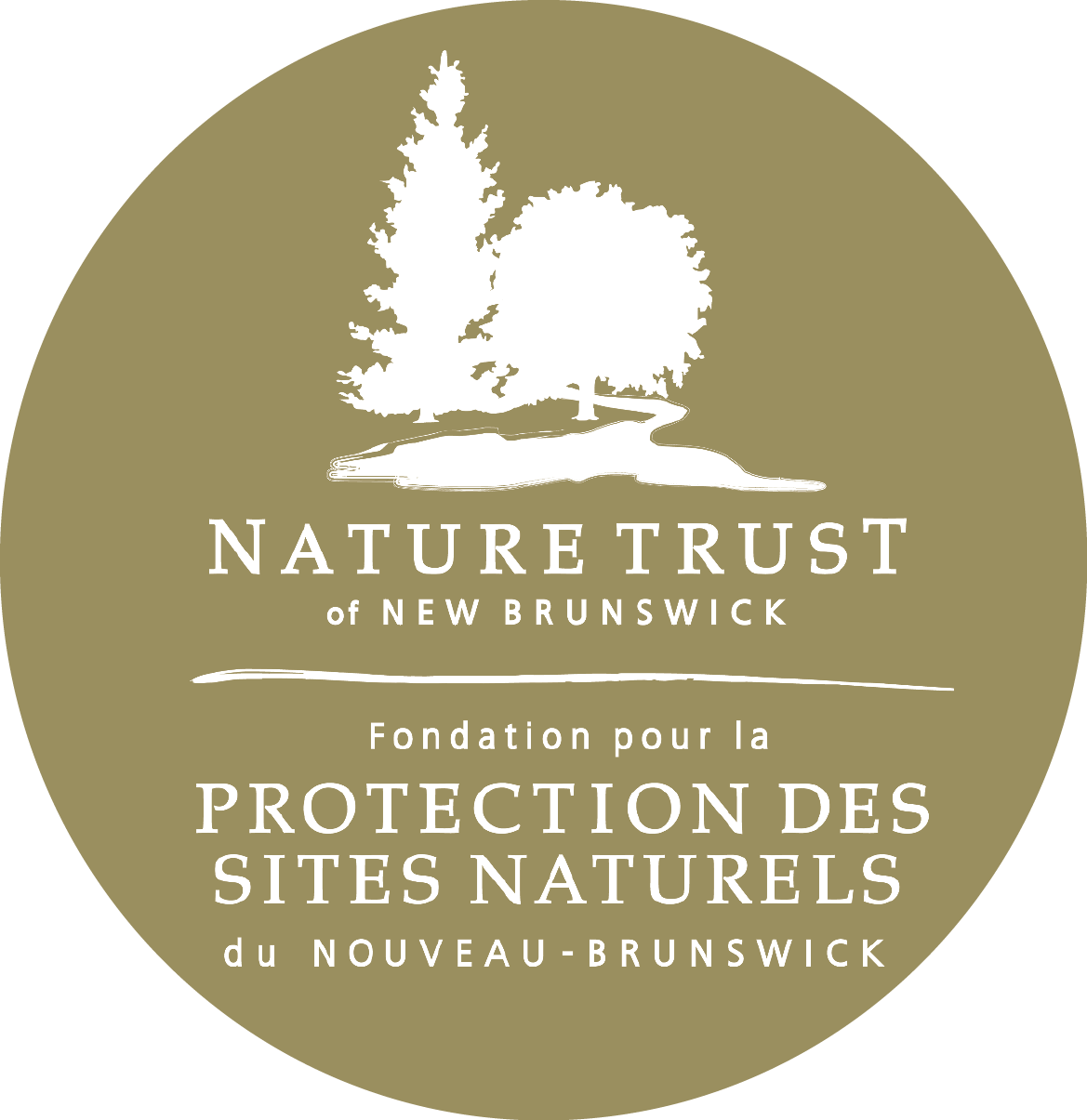Overview
A majority of Grindstone Island is the preserve of the Anglican Church, Parish of Sackville, which is managed by the Nature Trust through a conservation easement. It covers slightly more than 20 hectares (48 acres), and is located at the entrance to Shepody Bay. Approximately 1.6 hectares (3.8 acres) of land surrounding the local lighthouse (South-west corner of the Island) is owned by the Government of Canada, as well as a second small lot on the island’s south-east side.
History
Grindstone Island was first mapped by a French explorer in 1686. In 1768, sandstone mining and extraction began and produced both grindstones and building stones, hence giving the fitting name to the property. Resource extraction from the island continued until the early 1900s with much of it shipped out to New England, although some was used for buildings in Fredericton. Some evidence of the stone extraction remains on the island to date in the form of the geology and old machinery.
The island was part of a Crown Grant to Saint Anne’s Anglican Church, Parish of Sackville in 1823. In 1859 and 1911, two parcels were sold to the Government of Canada for the building of a lighthouse on the island. The remainder of the island remains in the ownership of the Parish. In 2010 the Nature Trust obtained a conservation easement on this section of the island belonging to the Parish to manage and protect the land.
Further history of the island may be found in the book Grindstone Island: the Sentinel of Shepody by H. M. Petchey. The history of the lighthouse by Kraig Anderson and Kelly Anne Loughery may be found here.
Ecology
As the only New Brunswick island in the upper Bay of Fundy, Grindstone Island is host to several species of breeding colonial birds and waterfowl. It is characterized by hardwood forest growing on two parallel east-west ridges, with mature red spruce forest in between these ridges. The edges of Grindstone Island are dominated by sandstone cliffs, except on the northern side where a cove is located.
Grindstone Island has been designated as an Ecologically Significant Area (ESA) mainly due to its importance as nesting and/or feeding grounds for a variety of bird species, including peregrine falcons, great blue herons, double-crested cormorants, greater black-backed gulls, and herring gulls. Black ducks and common eiders use the surrounding intertidal areas for foraging and breeding on the Island. Eiders also nest along the fringe of Mud Cove, and hens can be driven off the nests by tourists.
Access and Activities
Access to the island is only by boat or helicopter. As the currents of the Bay of Fundy are very strong and can be dangerous, only experienced boaters should travel in this area. Visits to the island are only permitted with written permission from the Nature Trust, and then may only be made outside the bird nesting season. Please contact the Nature Trust for more information.
No visiting is allowed between March and September due to the bird breeding season. For more information, please review Environment Canada’s guidelines to avoid disturbance to seabird and waterbird colonies in Canada.


